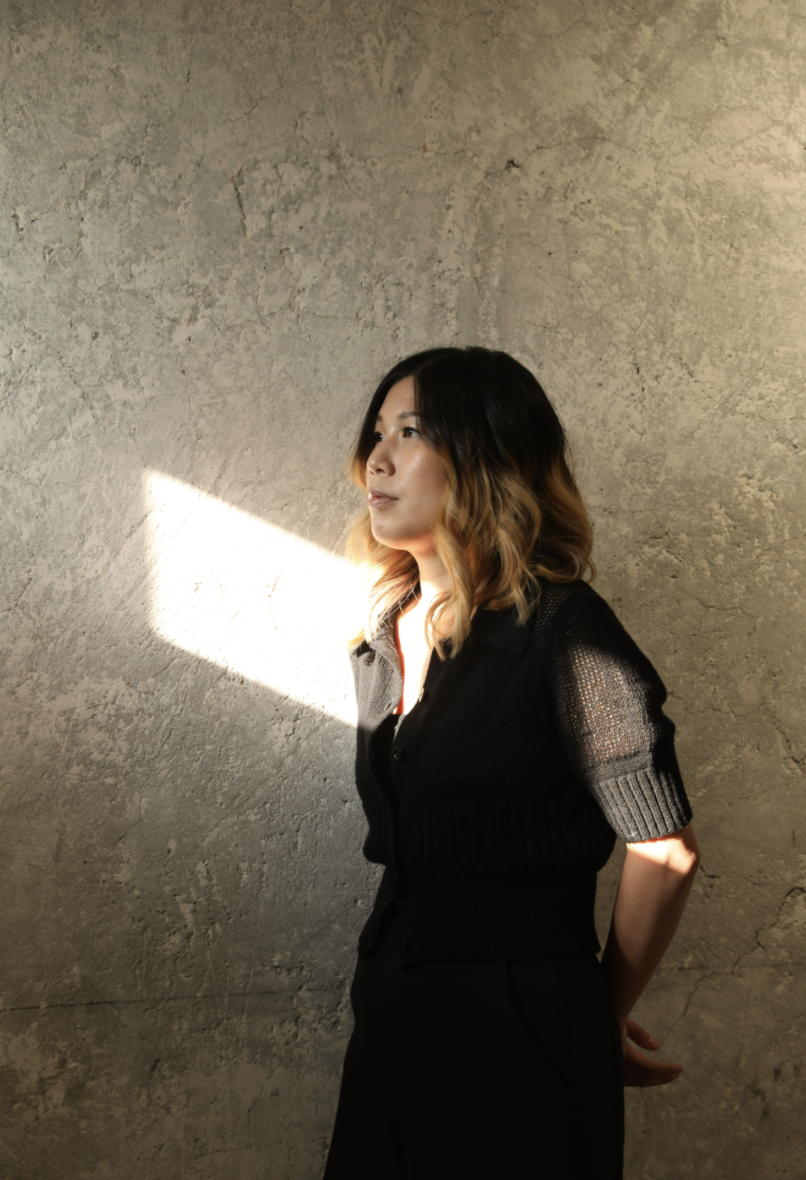Wife and husband duo Ysabelle Cheung and Willem Molesworth are shaking things up in the art world following their daring decision to open a gallery during the pandemic
The area around the Canal Road Flyover is known for its proximity to wet markets, bus interchanges, Happy Valley’s cemeteries for different faiths, and elderly women practising the art of da siu yan, or “villain-hitting”, aka Hong Kong’s version of voodoo. It’s not where you would expect to find a cutting-edge contemporary art gallery.
Ysabelle Cheung and Willem Molesworth found success in the city’s art scene as a well-respected writer and critic, and the director of de Sarthe Gallery respectively. Last summer, Molesworth quit his job to set up Property Holdings Development (PHD) with Cheung in a vast 3,000 sq ft top-floor space in a commercial building in Wan Chai. Once a private clubhouse, the space will now play host to artworks created by a roster of critically acclaimed emerging artists.


PHD is a tongue-in-cheek combination of the words most frequently used in the names of property development companies, a gentle ribbing of the city’s commercially obsessed real estate market, which extends to the art scene. “It’s challenging,” says Molesworth of the name. “It’s uncomfortable for a lot of people. But it’s memorable. It’s coming from a place that reflects Hong Kong being a city with a culture that is humorous, and critical with dark humour.”
Ironically, Cheung’s grandfather, the late David Lau, was a property developer. He built the building which houses the gallery in the 1970s with two friends; they set up a private clubhouse on the top level where they could host friends for large dinners, karaoke and lavish parties, many of which expanded out onto the captivating wraparound balcony.
As time passed, the space was used less frequently, and by the early 2000s it was mainly a storage facility, falling into disrepair. To restore the space, Cheung and Molesworth enlisted Beau Architects, who have updated and adapted it, rather than gutting it completely. Immediately striking are the concrete walls, stripped back to their core, yielding a raw yet refined aesthetic.
Don't Miss: What to Expect from Oscar-Winning Hong Kong Art Director Tim Yip’s ‘Love Infinity’











